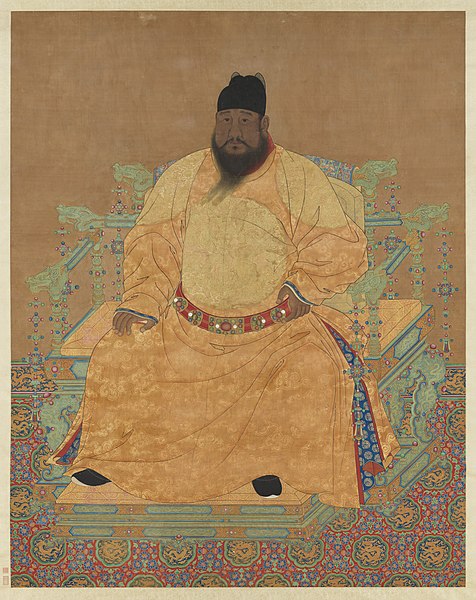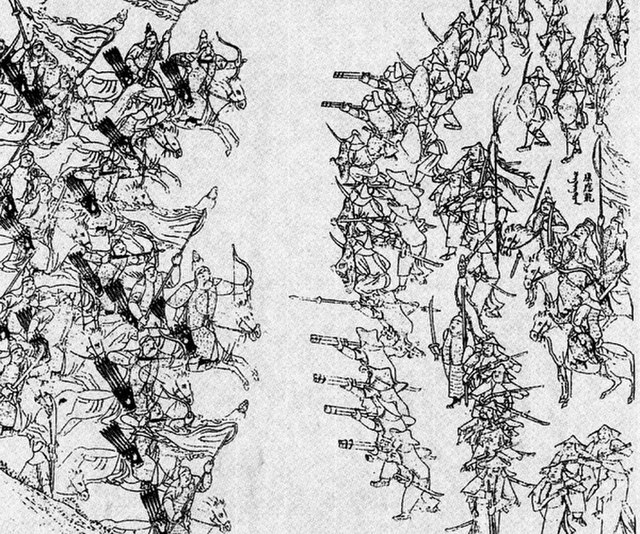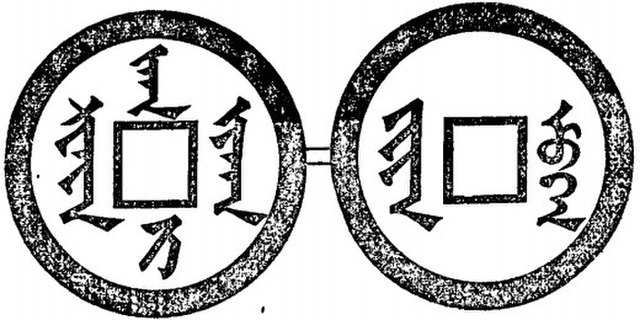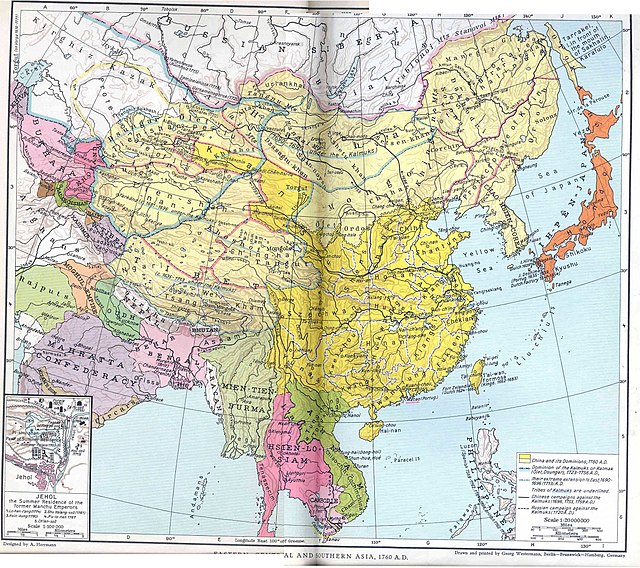Population history of China
The population history of China covers the long-term pattern of population growth in China and its impact on the history of China.
China's population grew significantly over the centuries, putting pressure on the available arable land. This led to remarkable changes in agriculture, such as the introduction of new crops and farming techniques, to increase productivity.
A painted ceramic architectural model—found in a Han tomb—depicting an urban residential tower with verandas, tiled rooftops, dougong support brackets, and a covered bridge extending from the third floor to another tower
The Xuande Emperor (r. 1425–35); he mistakenly stated in 1428 that his populace was dwindling due to palace construction and military adventures. But the population was rising under him, a fact noted in a 1432 report.
The Qing dynasty, officially the Great Qing, was a Manchu-led imperial dynasty of China and the last imperial dynasty in Chinese history. The dynasty, proclaimed in Shenyang in 1636, seized control of Beijing in 1644, which is considered the start of the dynasty's rule. The dynasty lasted until 1912, when it was overthrown in the Xinhai Revolution. In Chinese historiography, the Qing dynasty was preceded by the Ming dynasty and succeeded by the Republic of China. The multi-ethnic Qing dynasty assembled the territorial base for modern China. It was the largest imperial dynasty in the history of China and in 1790 the fourth-largest empire in world history in terms of territorial size. With over 426 million citizens in 1907, it was the most populous country in the world at the time.
Manchu cavalry charging Ming infantry battle of Sarhu in 1619
Sura han ni chiha (Coins of Tiancong Khan) in Manchu alphabet
Dorgon (1612–1650)
The Qing conquest of the Ming and expansion of the empire






